The roomier, higher-quality BMW 1-series was shown off at Frankfurt motor show today. The model goes on sale this month and is expected to launch a strong challenge to the Audi A3 and new Mercedes-Benz A-class.
Developed on the same platform architecture as the new 3-series, the 1-series will appear first as a five-door hatch. It will be followed by a new three-door early next year, and will eventually spawn a new generation of up to six model variants.
The most striking feature of the new 1-series, codenamed F20, is its dramatic styling. It maintains the lineage of the outgoing model, which shocked the automotive world with its audacious look.
Significantly, that styling has proved to be a huge hit with customers. Production has stretched to more than a million units since 2004, and sales in the UK hit 32,000 last year, half of which were five-door hatches.
The new 1-series was created under design chief Adrian van Hooydonk, since promoted to BMW Group design head, and takes advantage of the 1-series’ rear-drive proportions to push the cabin further back over the rear axle and extend forward a dominant bonnet.
Most dramatic is the front-end styling, which adopts a flavour of the shark-nose treatment that has featured on recent concepts. The reinterpreted kidney grille leans forward slightly, and next to it the large, angular headlamps are recessed under ‘eyebrows’ to add texture to the front-end styling.
Video: BMW 1-series M coupe vs Porsche Cayman R
Otherwise, the surface treatment is as taut as today’s model, beefed up by a more prominent shoulder and side swage line. And to provide the new 1-series with a larger tailgate aperture than the old model, the tail-lights are pushed to the extremities of the rear end.
In an effort to address the major criticism of today’s car — a tight rear cabin — the new 1-series sits on a 30mm longer wheelbase, which is stretched to 2690mm, just 70mm shorter than today’s 3-series. At least 21mm has been added to the rear legroom, while wider rear door apertures are said to ease access.Overall, the new 1-series is 85mm longer (at 4234mm) and 17mm wider (1765mm) than its predecessor, but has an identical height of 1421mm.
Under the skin, the car features aluminium-intensive suspension with tracks widened by 51mm up front (to 1535mm) and 72mm at the rear (to 1569mm), which liberates interior space and boosts high-speed stability. Uniquely, however, the range-topping 120d uses a slightly narrower 1556mm rear track.

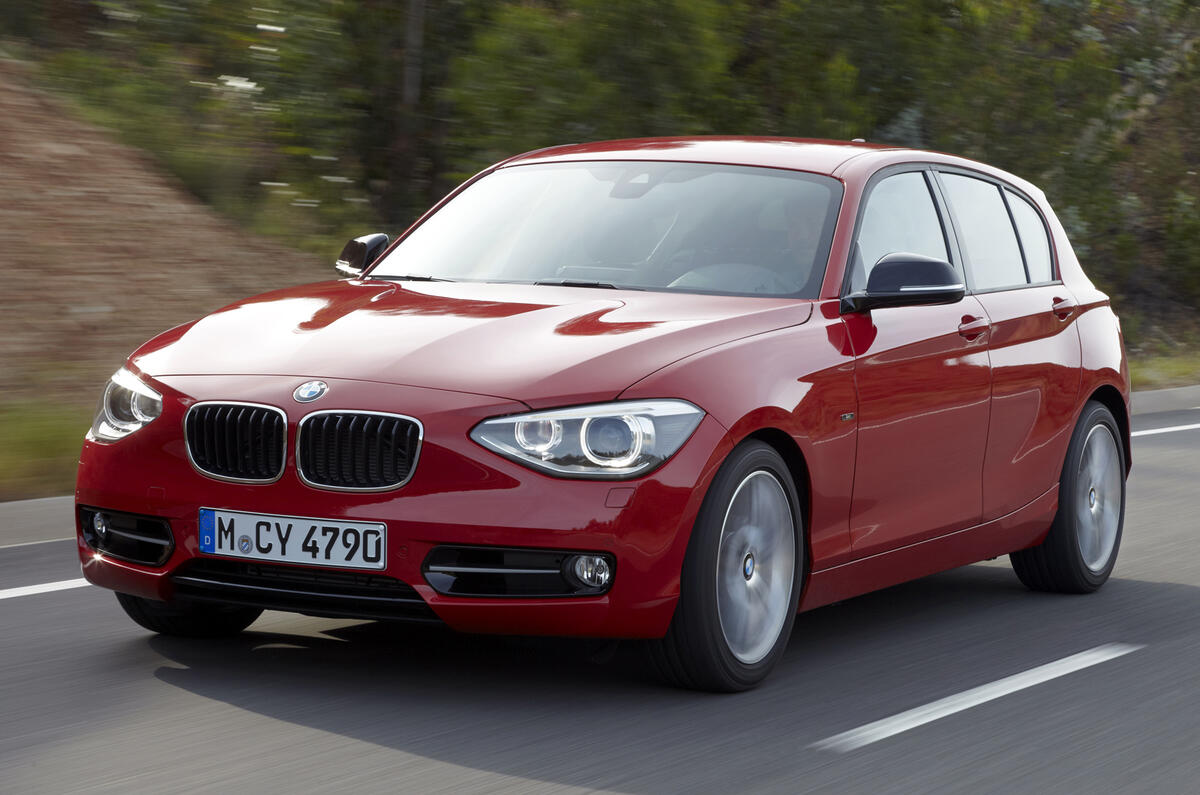
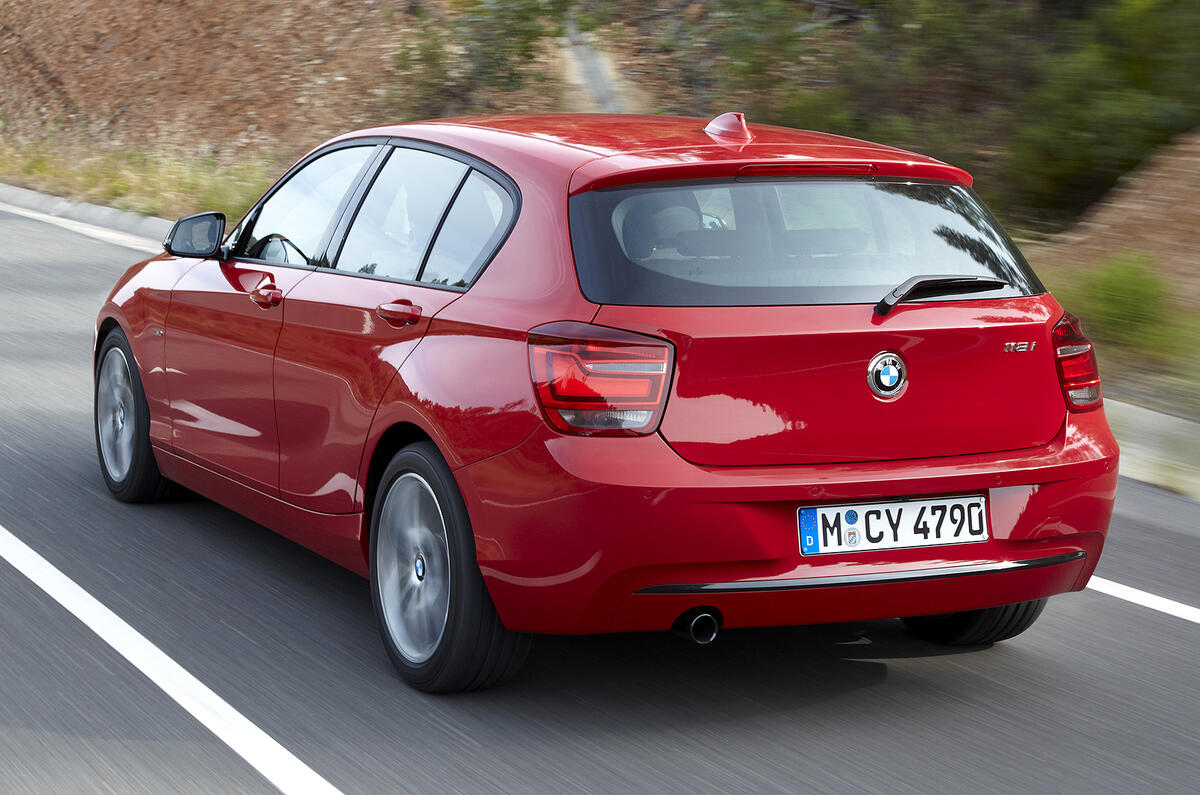
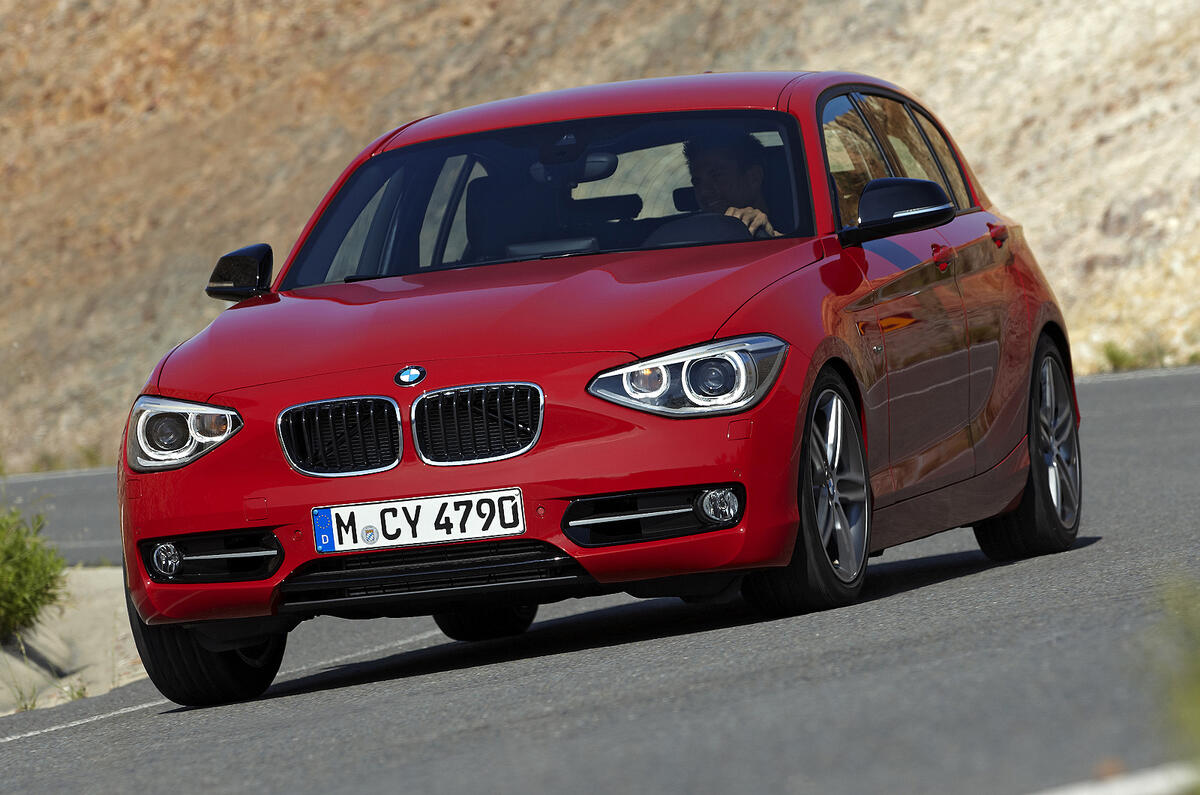
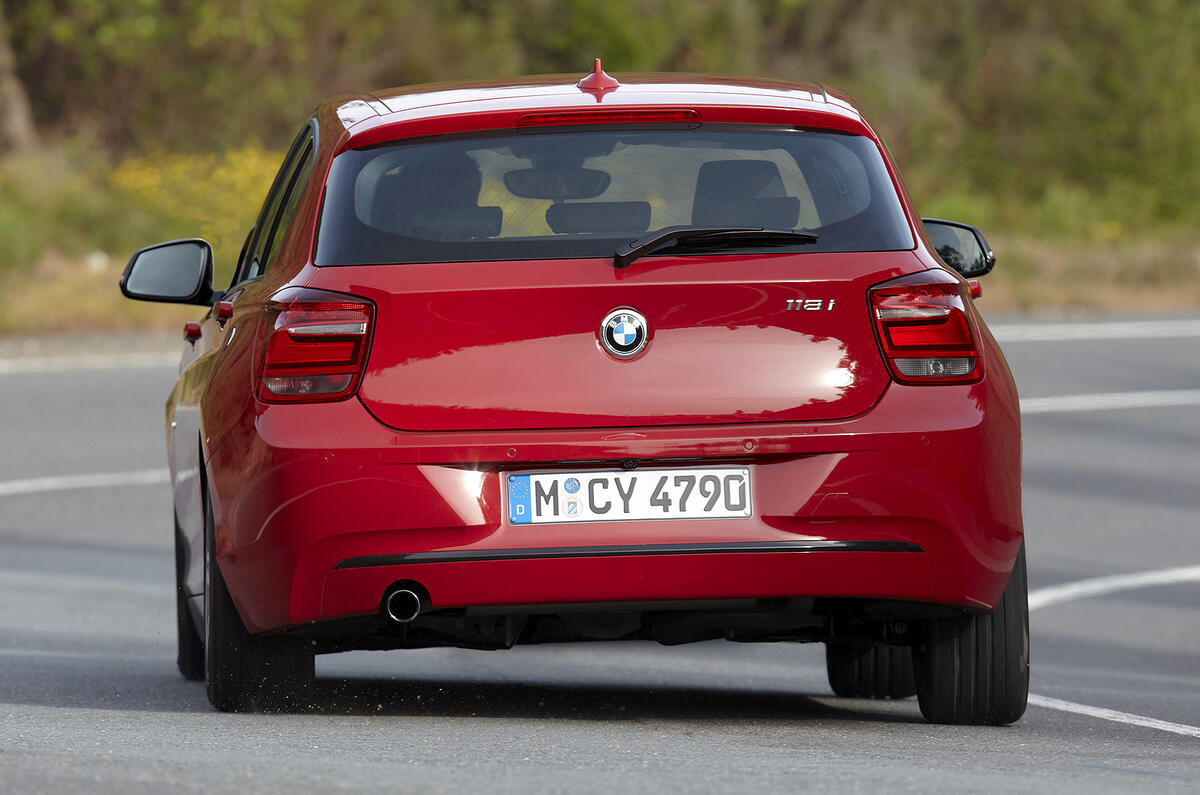

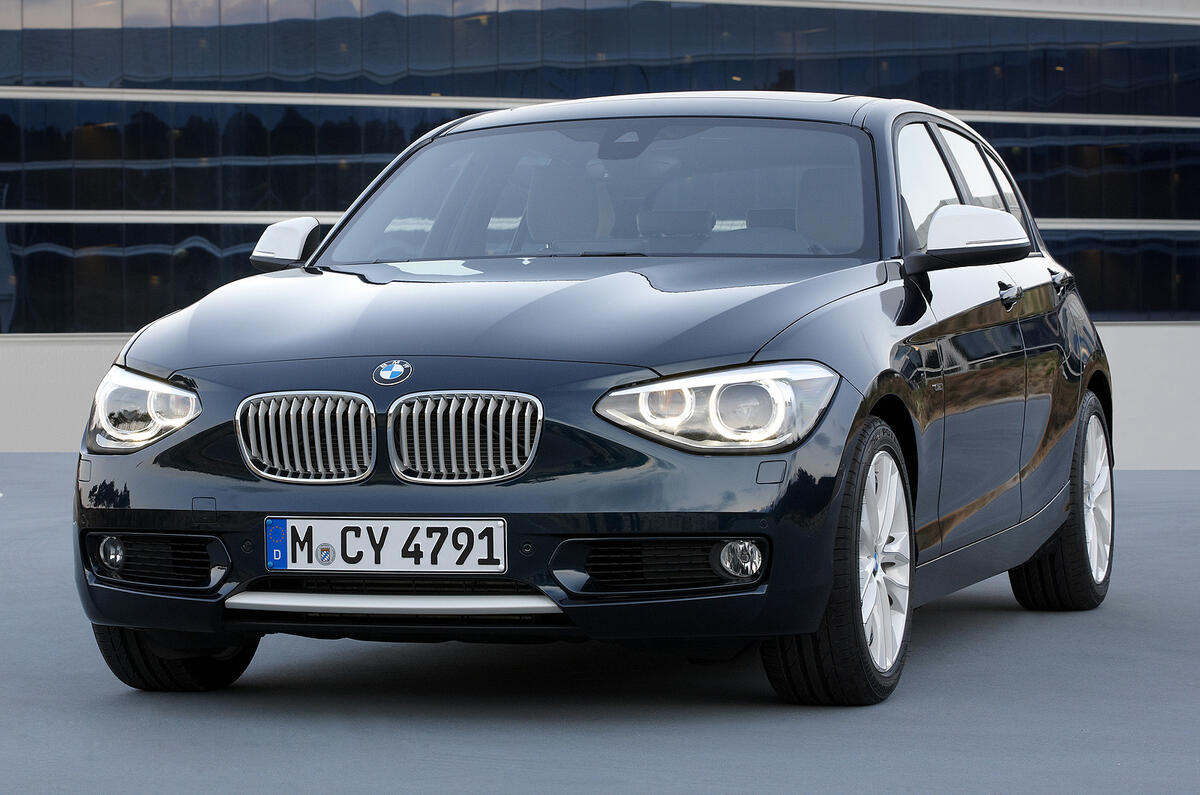
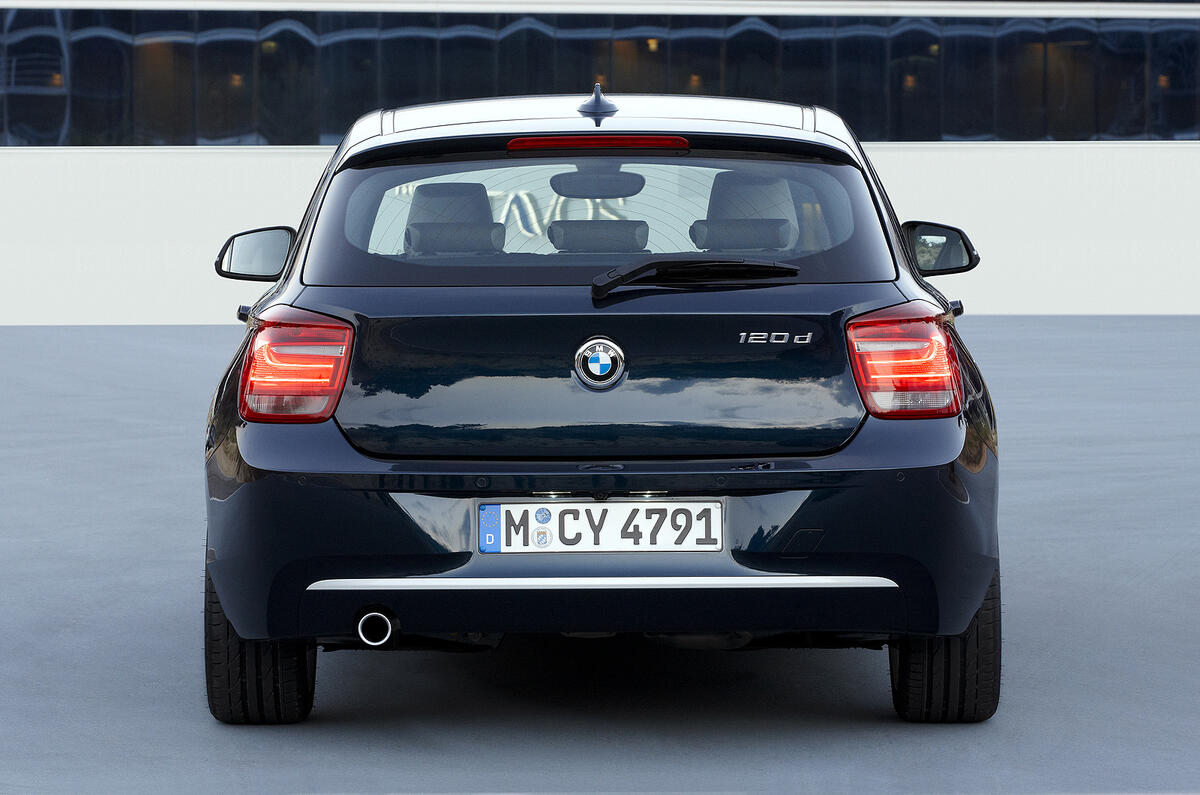
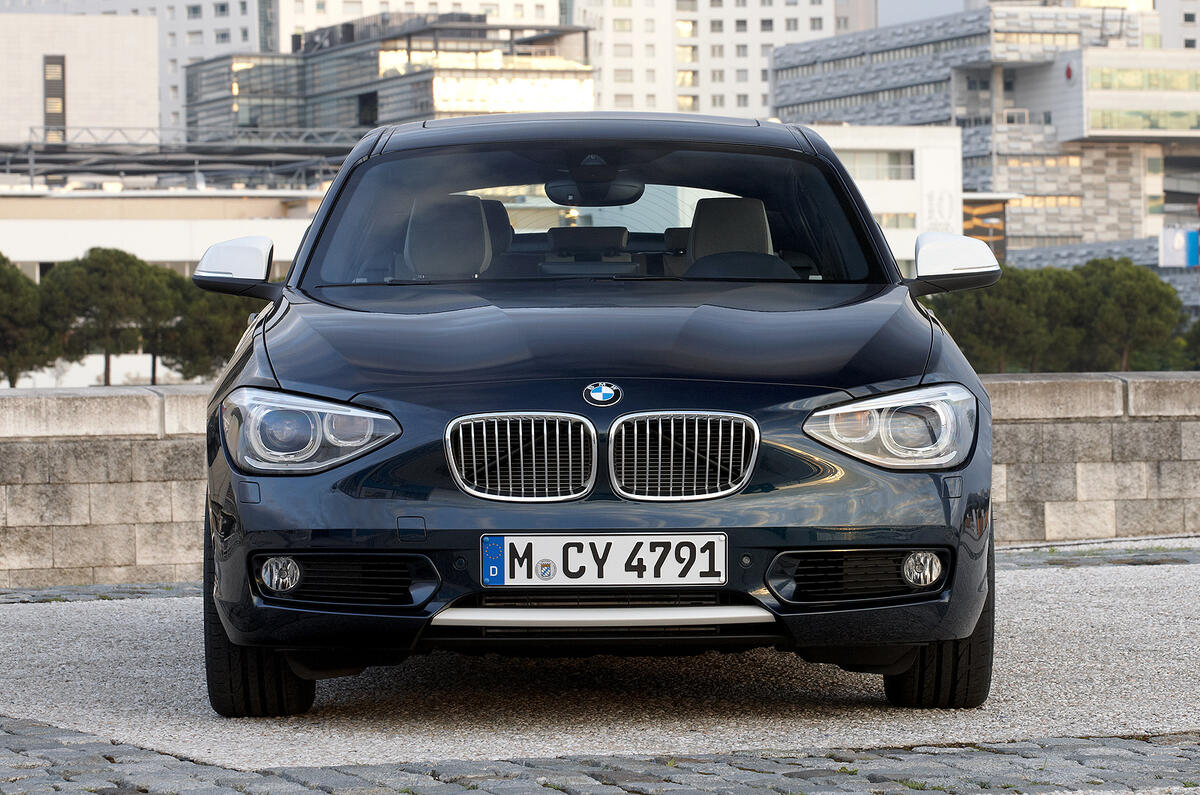
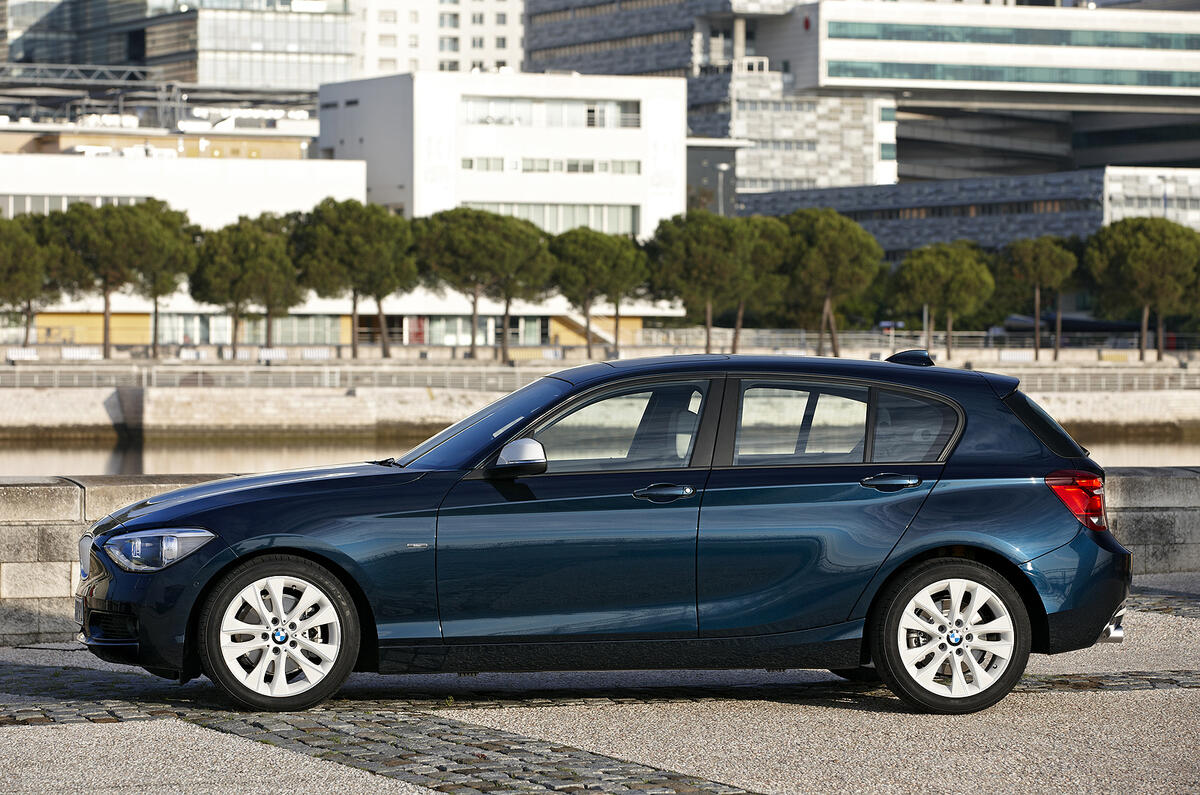
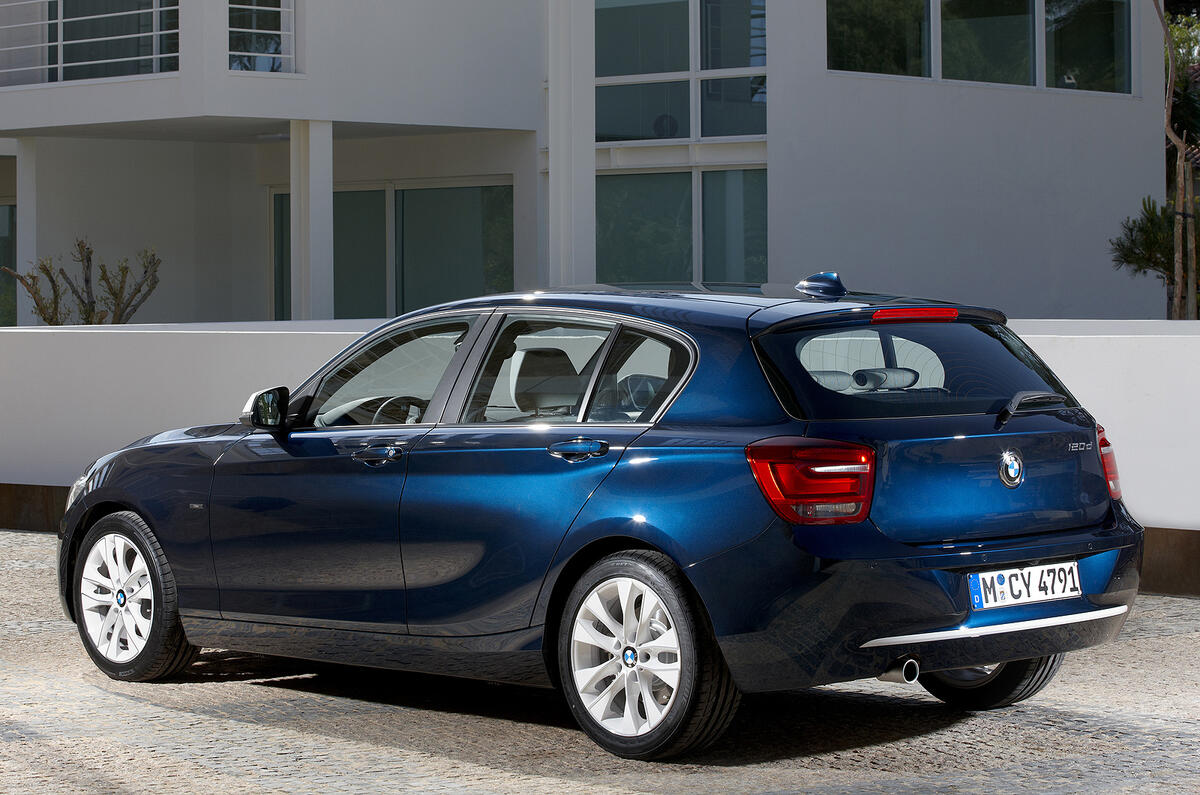
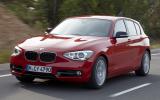
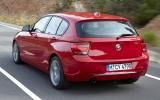
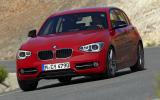
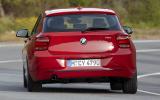
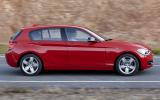
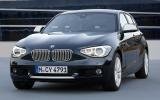
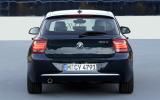
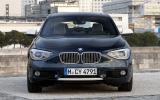
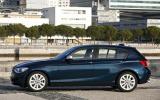
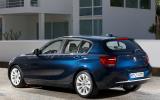



Add your comment